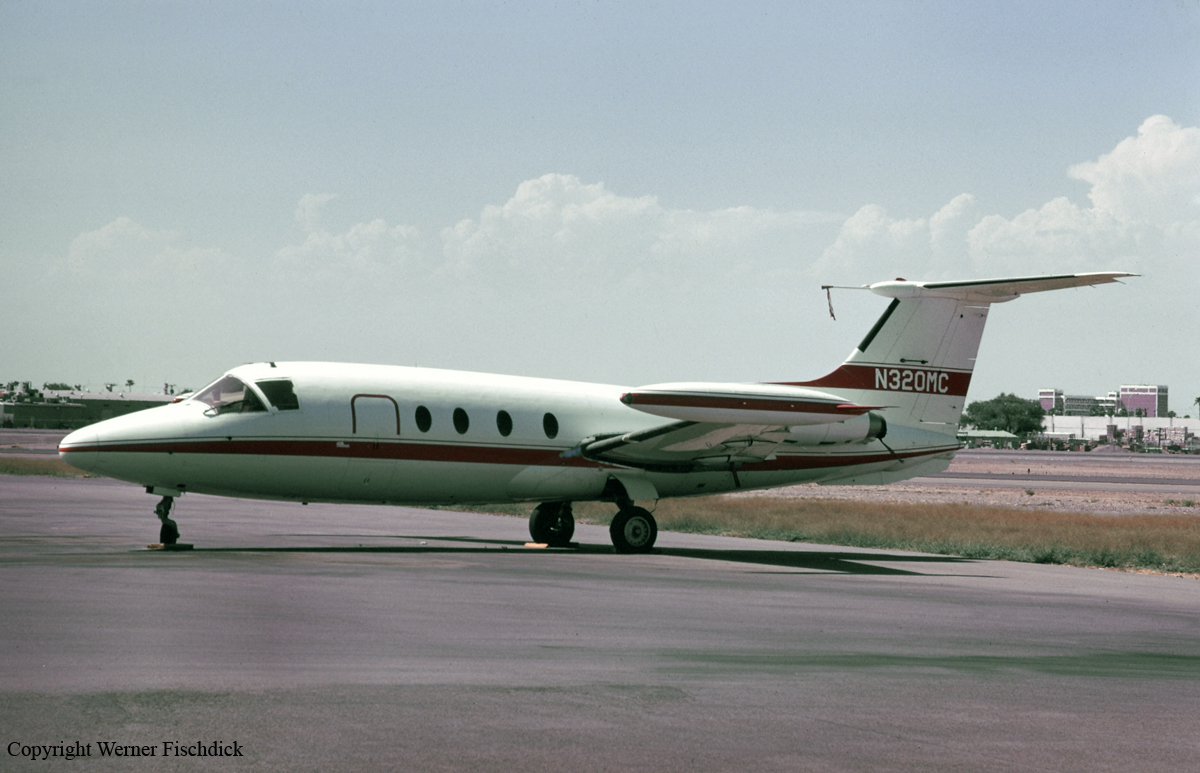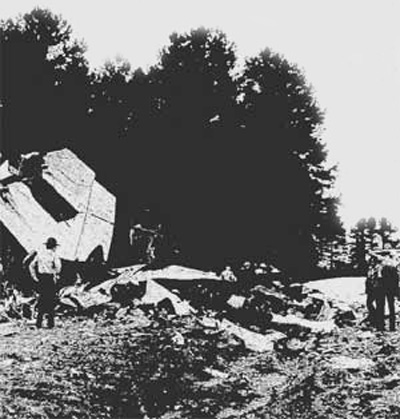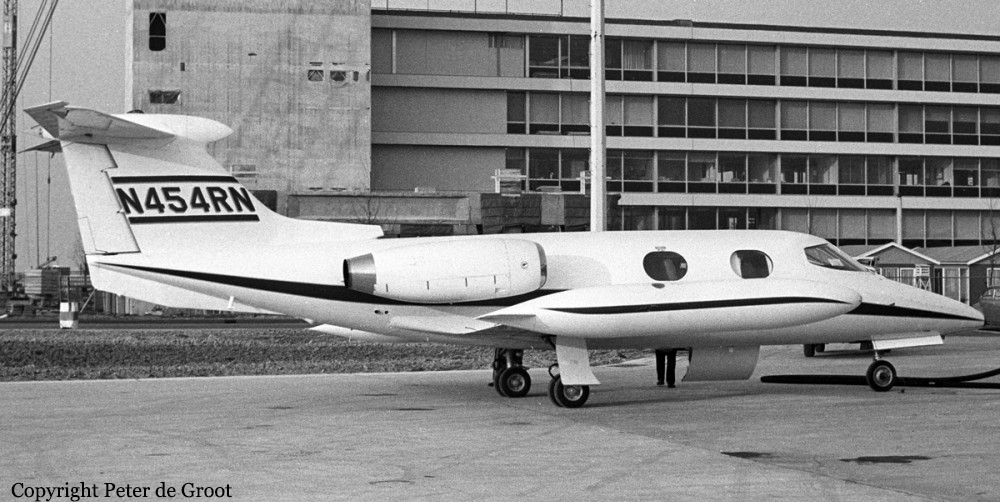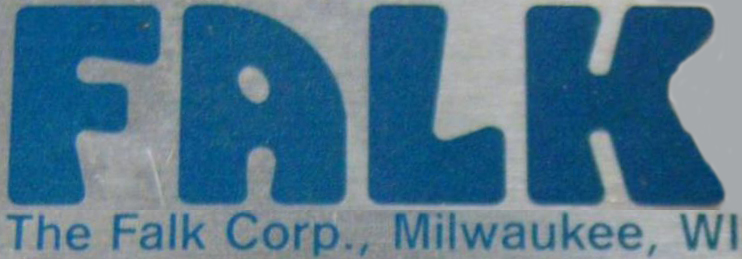Crash of a Beechcraft A90 King Air in Portland: 2 killed
Date & Time:
Registration:
N791K
Survivors:
Yes
Schedule:
Portland - Portland
MSN:
LJ-253
YOM:
1967
Crew on board:
2
Crew fatalities:
Pax on board:
1
Pax fatalities:
Other fatalities:
Total fatalities:
2
Captain / Total hours on type:
500.00
Circumstances:
The crew (two pilots under supervision and one instructor) was engaged in a local training mission at Portland Airport. On short final, at a height of 10-15 feet in a gear down and flaps 80% down configuration, the pilot-in-command initiated a go-around and added full power when the right engine lost power. The airplane stalled and crashed in flames onto the runway. The instructor was seriously injured and both pilots were killed. The aircraft was destroyed.
Probable cause:
Loss of control during the last segment after the right engine failed for undetermined reasons. The following factors were reported:
- ATR flight check,
- Go-around initiated about 10-15 feet about ground,
- Flaps 80% down, gear down.
- ATR flight check,
- Go-around initiated about 10-15 feet about ground,
- Flaps 80% down, gear down.
Final Report:









